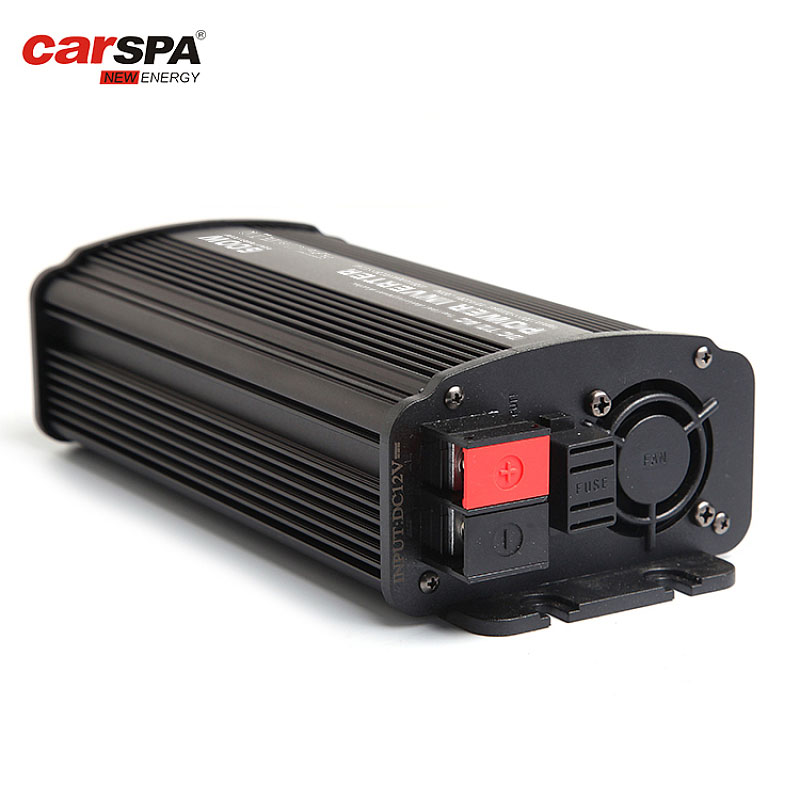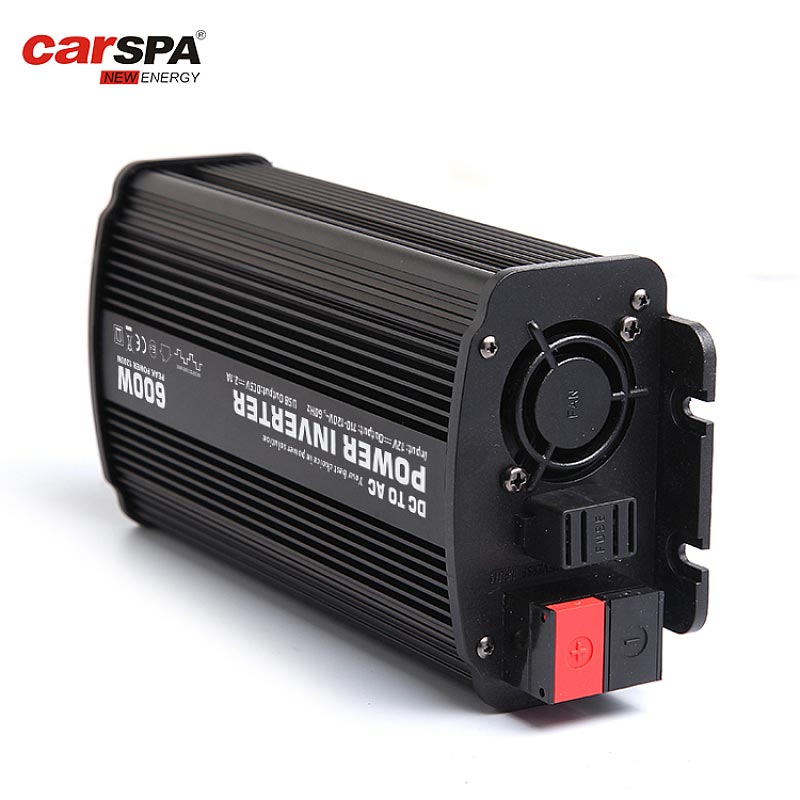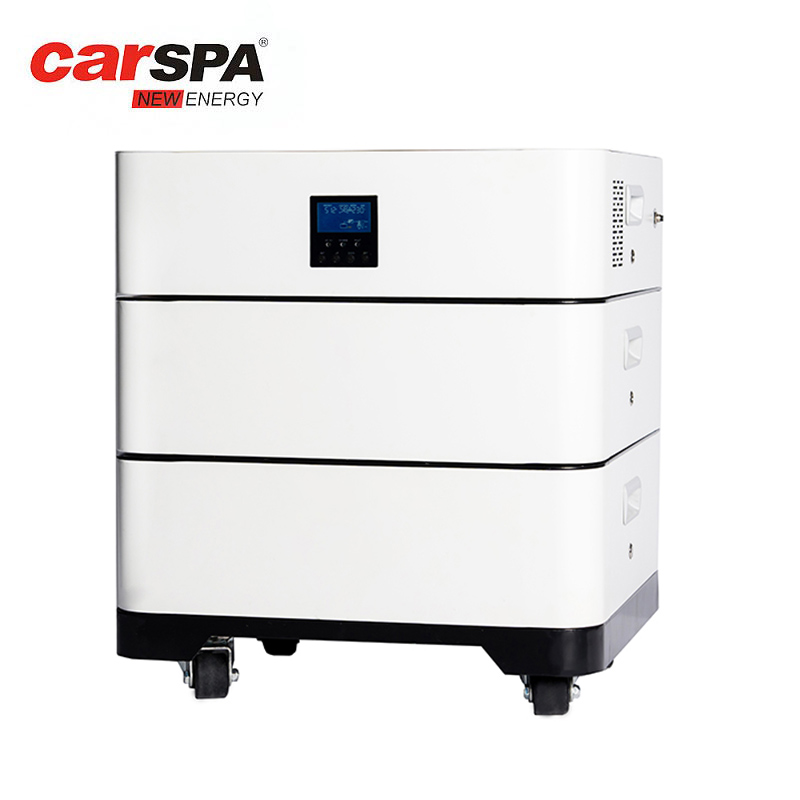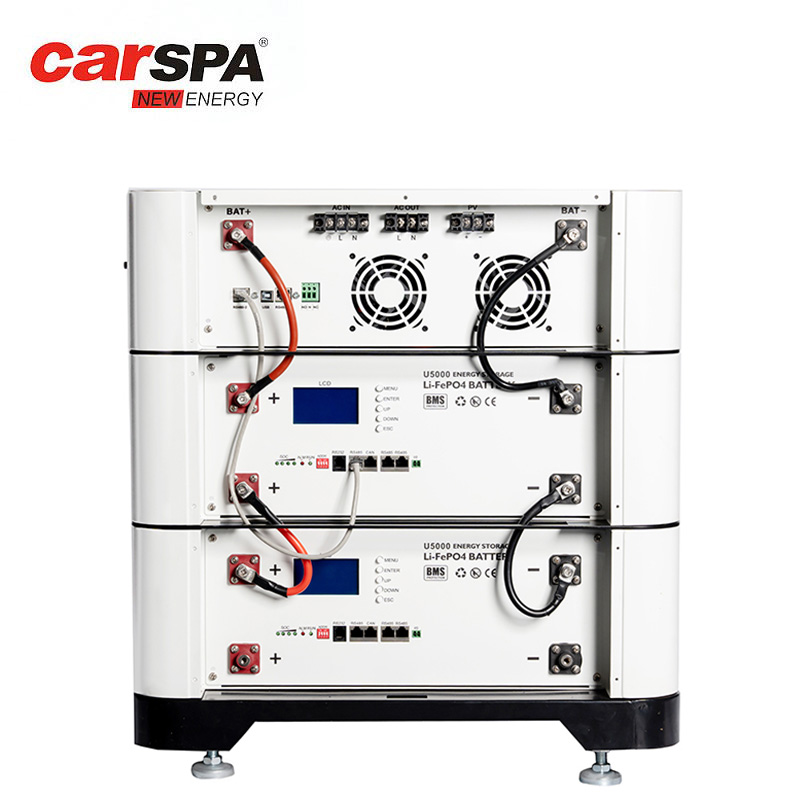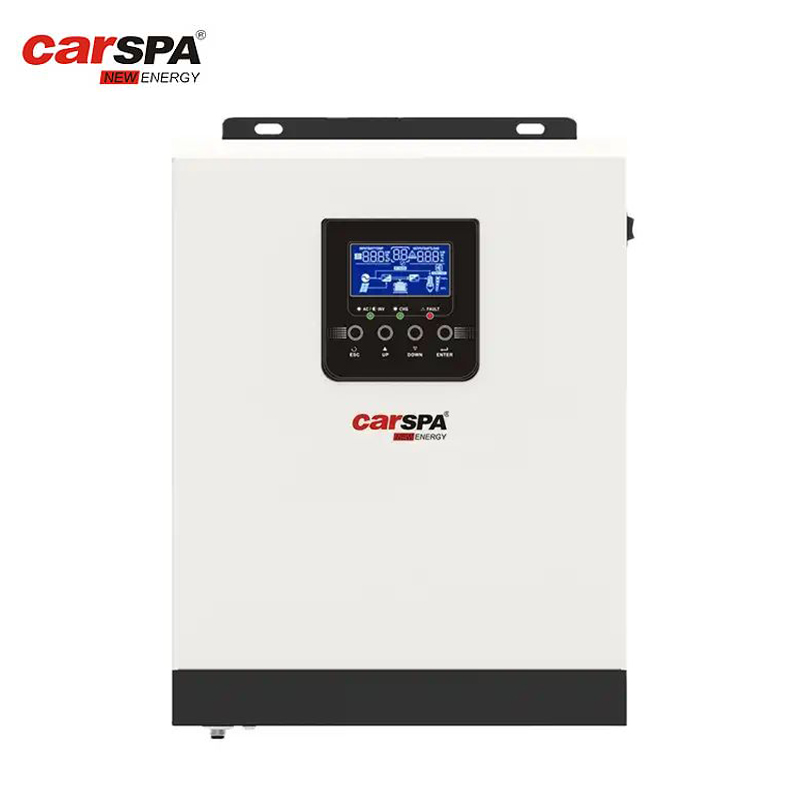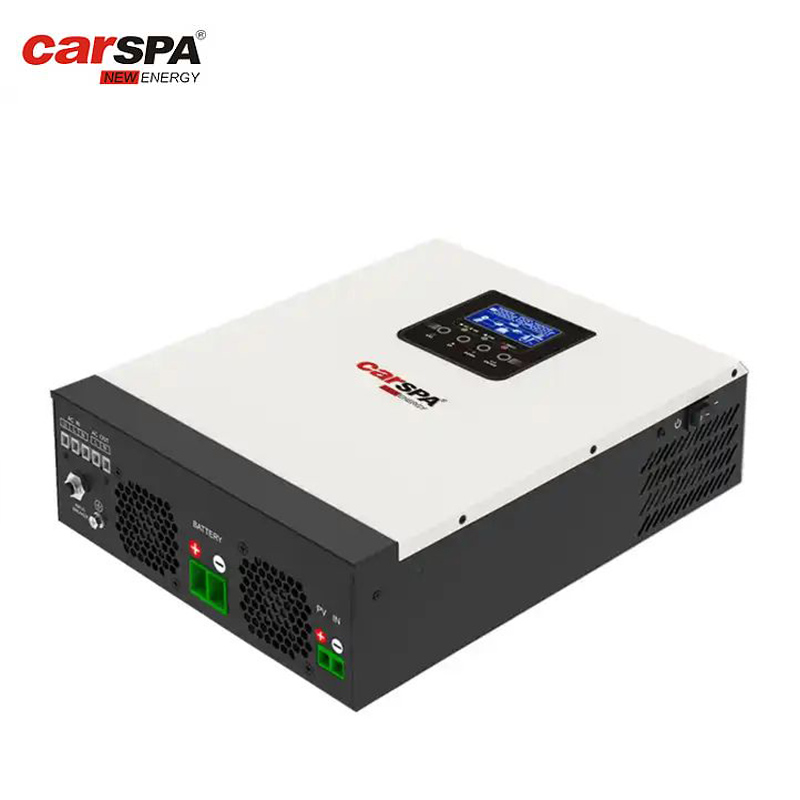DIY Off-Grid Farm Irrigation System Using an Inverter
In modern agricultural production, an effective irrigation system is crucial for ensuring the healthy growth of crops. This is especially true in water-scarce or drought-prone areas, where irrigation not only impacts the yield and quality of crops but also relates to the sustainable development of agriculture. This article introduces how to use an inverter to build a DIY off-grid solar-powered irrigation system, providing an efficient and environmentally friendly automatic irrigation solution for farms far from the electrical grid.
System Overview
The off-grid solar irrigation system primarily consists of solar panels, an inverter, batteries, a water pump, irrigation piping, and a solar charge controller. Solar panels convert solar energy into electrical energy, the inverter transforms direct current (DC) into alternating current (AC) to drive the water pump, and the batteries provide energy when there is no sunlight, ensuring continuous operation of the irrigation system. The solar charge controller is used to manage the charging process from the solar panels to the batteries, protecting the batteries from overcharging and over-discharging, thus extending their lifespan.
Key Component Selection and Calculation
Solar Panels and Inverter
To meet the irrigation needs of 100 acres of farmland, we use a 1.5 kW water pump operating for 4 hours daily. Considering an average effective solar power generation time of 5 hours and an overall system efficiency of 80%, we calculated that the total wattage required for the solar panels is approximately 1500W.
The selection of the inverter is crucial for efficiently converting electrical energy, and its capacity should be slightly higher than the water pump's power to handle power surges during startup. Through calculation, we determined that an inverter capacity of 2kW would be suitable for this system.
Batteries and Solar Charge Controller
The battery capacity should be determined based on the electrical energy produced by the solar panels and the power consumption of the water pump, ensuring normal irrigation during cloudy days or nighttime. Choosing the right solar charge controller is essential for protecting the batteries, optimizing charging efficiency, and extending the system's lifespan.
Irrigation Method
Drip irrigation is an efficient way to irrigate, delivering water directly to the plant roots, reducing evaporation, and improving water utilization. By designing a reasonable irrigation pipe and dripper layout, uniform irrigation of the farmland can be achieved.
Automatic Control System
By installing timers and soil moisture sensors, the system can automatically turn the water pump on or off based on set times or soil moisture levels, achieving intelligent irrigation. This not only saves water resources but also adjusts the irrigation amount according to the actual needs of the crops, promoting their healthy growth.
Implementation Steps
Energy Assessment and Planning: First, evaluate the required wattage of solar panels (1500W) and 2000 watt power inverter based on the power of the water pump and the anticipated irrigation needs.
Equipment Purchase: Acquire the necessary solar panels, 2000 watt power inverter, batteries, water pump, irrigation piping, and solar charge controller.
This off-grid solar irrigation system provides a reliable and eco-friendly irrigation solution for remote farmlands. Through careful design and appropriate component selection, effective irrigation of farmland can be achieved, enhancing the sustainability of agricultural production. This system not only reduces energy costs but also minimizes environmental impact, exemplifying a model for the development of modern smart agriculture.







